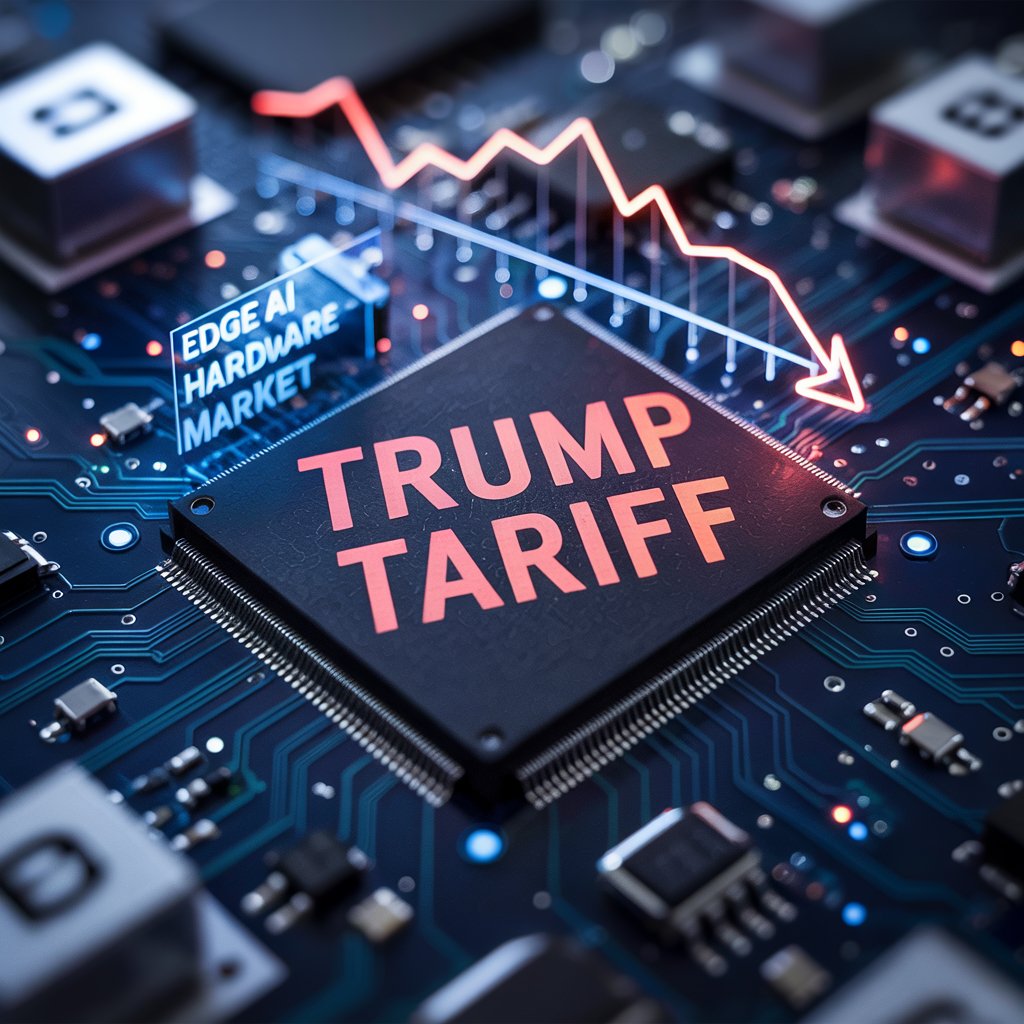The Trump administration’s imposition of trade tariffs, particularly targeting China, had far-reaching consequences across numerous technology sectors. One of the less-discussed but significantly impacted areas is the Edge AI hardware market. This niche yet rapidly growing segment—enabling real-time data processing at the edge rather than relying on centralized cloud systems—has felt the ripple effects of disrupted global trade, increased costs, and strategic supply chain realignments. As the dust settles, the long-term influence of these tariffs is reshaping how companies design, source, and deploy Edge AI hardware.
Understanding Edge AI Hardware
Edge AI hardware includes chips, processors, and devices capable of running artificial intelligence workloads locally—right where data is generated. These solutions are essential for latency-sensitive applications such as autonomous vehicles, industrial automation, remote monitoring, surveillance, and smart devices. The demand for this hardware is booming, but its production relies heavily on complex, global supply chains—especially for semiconductors and microelectronic components.

Unveil the Effects of Trump Tariffs on Edge AI Hardware Market Evolution @ https://www.marketsandmarkets.com/pdfdownloadNew.asp?id=158498281
The Trump Tariff Shockwave
In 2018 and 2019, the U.S. levied tariffs on hundreds of billions of dollars’ worth of Chinese goods, including key electronic components and AI-related technologies. These tariffs, in some cases reaching 25%, triggered a cost shock for companies reliant on China-based suppliers for chipsets, printed circuit boards (PCBs), and edge computing modules.
The immediate impact was twofold:
- Rising Costs: Manufacturers and developers faced increased prices for essential components, driving up the total cost of Edge AI hardware production.
- Supply Chain Disruptions: Many U.S. companies began reassessing their reliance on Chinese suppliers, causing delays, redesigns, and sourcing challenges.
The Long-Term Influence on Supply Chains
1. Diversification of Suppliers
One of the most lasting outcomes has been a global diversification of supply chains. Manufacturers began sourcing components from alternative markets such as Taiwan, South Korea, Vietnam, and even India to reduce dependency on China. While this shift added resilience, it also introduced complexity in logistics and quality control.
2. Domestic Manufacturing Initiatives
The tariffs also aligned with a broader movement toward onshoring or nearshoring manufacturing capabilities. Stimulated by both economic and national security concerns, the U.S. government and private sector began investing in domestic semiconductor fabrication and electronics manufacturing facilities. The CHIPS and Science Act (2022) is a notable example of legislation encouraging domestic chip production, which benefits the Edge AI hardware sector.
3. Redesign and Modularization
To reduce exposure to high-tariff components, many hardware designers reengineered their products. This included modular designs that allow for flexible component swapping based on available supply, as well as more strategic inventory planning. Agile product design is now a critical feature of competitive edge AI hardware development.
Challenges That Persist
Despite the proactive responses, several challenges remain:
- Cost Competitiveness: Domestic or non-Chinese alternatives often come with higher production costs.
- Talent Shortage: The U.S. faces a shortage of skilled labor in advanced electronics manufacturing and semiconductor design.
- Geopolitical Uncertainty: Continued tension between global powers introduces further unpredictability in trade policies and component availability.
Opportunities Moving Forward
However, the new landscape also offers fresh opportunities:
- Innovation in Chip Design: More companies are investing in custom AI chips (like Google’s TPU or Apple’s Neural Engine) optimized for edge performance.
- Public-Private Partnerships: Government incentives are enabling collaboration with startups and universities to boost edge computing capabilities.
- Resilient Ecosystems: A more distributed, diverse supply chain ecosystem could protect the industry from future geopolitical shocks.
The Trump-era tariffs were a disruptive force for the Edge AI hardware market—but also a catalyst for long-term change. What began as a trade war has accelerated a global realignment of supply chains, fueled investment in domestic production, and fostered innovation in design and sourcing. For stakeholders in the Edge AI hardware ecosystem, adapting to this new normal isn’t just about surviving tariff impacts—it’s about building a smarter, more resilient future.